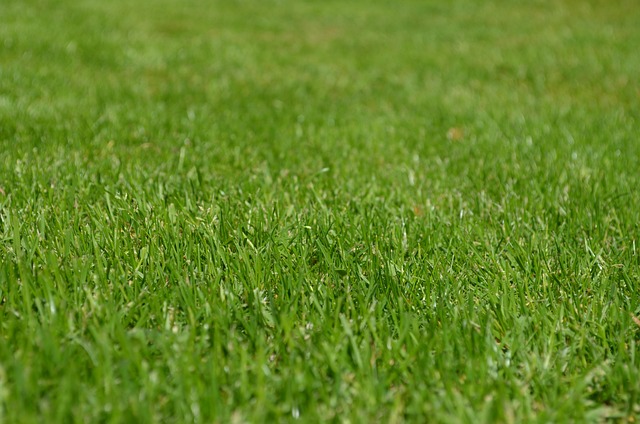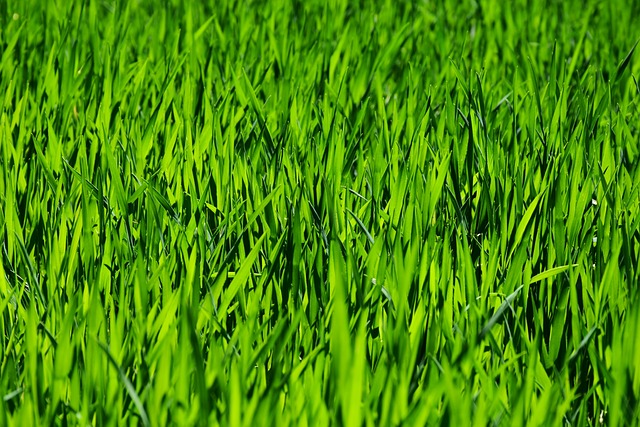Irrigation system installation optimizes Lawn Care and Landscaping by understanding grass types, soil compositions, and local climate conditions, which influence watering requirements. Suitable systems include sprinkler (for large lawns) or drip/micro-sprinkler (for smaller areas and specific plant needs). Key components like controllers, valves, pipes, and nozzles/emitters are essential for efficient water distribution and a lush, vibrant garden. Installation involves planning, design, and maintenance, such as cleaning filters and checking for leaks, to ensure optimal performance and efficient water use.
“Elevate your lawn care and landscaping game with a tailored irrigation system. This comprehensive guide unravels the secrets to effective installation, ensuring your garden thrives year-round. From understanding your lawn’s unique water requirements to selecting the perfect irrigation system and mastering installation, every step is meticulously detailed. Discover how to create a sustainable, lush oasis that requires minimal maintenance. Optimise your outdoor space with this essential resource for lawn care enthusiasts.”
- Understanding Your Lawn's Water Needs: A Foundation for Effective Irrigation System Installation
- Choosing the Right Irrigation System: Types and Components to Suit Your Landscape
- Installing and Maintaining Your Irrigation System: Step-by-Step Guide for Optimal Performance and Efficiency
Understanding Your Lawn's Water Needs: A Foundation for Effective Irrigation System Installation

Irrigation system installation is more effective when you understand your lawn’s water needs, a crucial aspect of professional lawn care and landscaping. Every lawn is unique, with varying requirements based on factors like grass type, soil composition, and local climate conditions. Proper watering practices depend on these variables to ensure the health and vibrancy of your turf. For instance, some grasses require deeper, less frequent watering to encourage deep root growth, while others thrive with lighter, more regular applications.
By evaluating your lawn’s specific needs, you can optimize irrigation system installation. This involves assessing factors like evaporation rates, rainfall patterns, and the natural water-holding capacity of your soil. Armed with this knowledge, landscaping professionals can design an efficient irrigation system tailored to keep your grass healthy and reduce water wastage—a win for both your lawn and the environment.
Choosing the Right Irrigation System: Types and Components to Suit Your Landscape

When considering an irrigation system installation for your lawn care and landscaping needs, selecting the right type is paramount. The choice depends on several factors, including the size and layout of your landscape, soil conditions, and specific plant requirements. Different irrigation systems cater to these variables, offering both efficiency and adaptability. For instance, sprinkler systems are a common choice for extensive lawns as they provide thorough watering coverage. On the other hand, drip or micro-sprinkler systems are ideal for smaller areas or plants with specific water needs since they deliver water directly to plant roots, minimizing waste.
Additionally, understanding system components is key to making an informed decision. These include controllers (the ‘brain’ of the system), valves, pipes, and nozzles or emitters. Modern controllers offer automated programming, allowing you to set watering schedules according to your landscape’s requirements. Valves control water flow, while pipes distribute it efficiently across the landscape. Nozzles or emitters are crucial for ensuring targeted watering, especially for specific plant areas. By considering these aspects, you can select an irrigation system that not only meets but exceeds your lawn care and landscaping expectations.
Installing and Maintaining Your Irrigation System: Step-by-Step Guide for Optimal Performance and Efficiency

Installing an irrigation system is a significant step in enhancing your lawn care and landscaping efforts, ensuring efficient water distribution for a lush, vibrant garden. Here’s a straightforward guide to get you started:
1. Planning and Design: Begin by assessing your yard’s layout and identifying areas requiring irrigation. Create a detailed plan outlining the placement of sprinkler heads or drip lines. Consider factors like sunlight exposure, shade, and the type of plants you intend to grow, as these influence water requirements. This step is crucial for optimal performance and efficient water use in lawn care.
2. Installation: Digging and laying the foundation are the next critical steps. Follow instructions for installing the irrigation system based on your chosen setup—drip irrigation, sprinkler systems, or micro-sprinklers. Ensure proper placement of pipes and emitters/nozzles to cover all planting areas evenly. Test each component thoroughly after installation. Regular maintenance, including cleaning filters and checking for leaks, will keep the system running efficiently, promoting healthy landscaping.
Irrigation system installation is a key component of effective lawn care and landscaping, ensuring your turf receives adequate water while promoting efficient resource use. By understanding your lawn’s specific water needs, selecting the appropriate irrigation system type, and following a meticulous installation and maintenance routine, you can achieve lush, vibrant grass year-round. This comprehensive guide equips homeowners with the knowledge to make informed decisions, ultimately enhancing their outdoor spaces and contributing to sustainable practices in lawn care.














